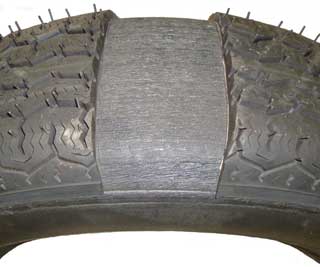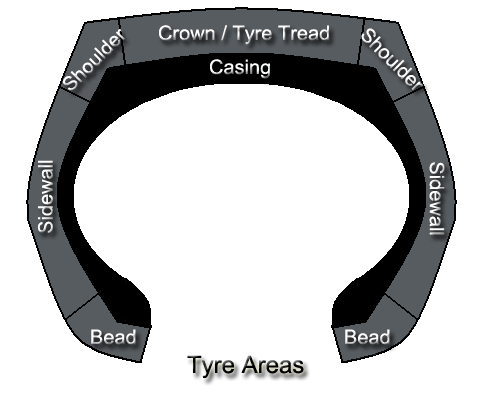Frequently Asked Questions

What is the difference between a Remoulded and a Retreaded Tyre?
Remoulded Tyres

Remoulded tyres utilise a virgin tyre casing (a casing not previously used for retreading / remoulding) and have new rubber applied right around the complete tyre - bead to bead
Retreaded Tyres

Retreaded tyres, while utilising a virgin casing, do not receive new rubber right around the complete tyre (as in the case of a remould). Retreads receive a new rubber layer to the tread area, or crown, before a new tread pattern is applied.
While no specific casing criteria exist, both retreading and remoulding are executed using the same premium grade rubber used in new production tyres. As such, remoulded tyres enjoy a more cosmetically appealing image with both the tread and sidewall furnished with this new rubber.
What is Bead to Bead resurfacing?

A bead to bead resurfaced tyre, as in the case of a remould, has undergone the full resurfacing of all rubber from the inner to the outer sidewall
This gives an entirely new apprearance to the tyre.
What does the Tyre Specification Numbering - XXX / XX / RXX mean?
The first set of numbers, XXX, is the Nominal Section width or Tread width. This is the actual width in millimeters of the tread pattern (across the crown).
The second set of numbers, XX, is the Aspect Ratio or Tread height. This is the actual height of the tyre, from the shoulder to the crown (see the figure above).
The third set of numbers, RXX, is the Nominal Rim diameter code (in inches) or the diameter of the rim. This is the measurement across the rim (in inches).







